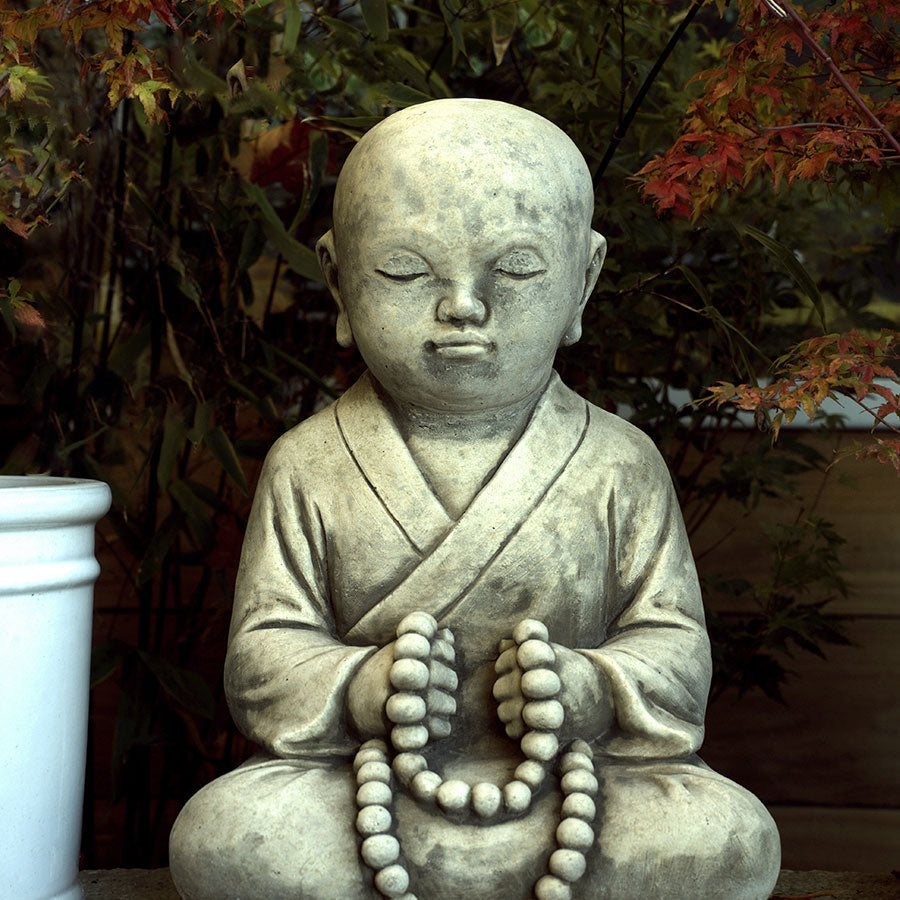The Clarity Quest: How Samatha Meditation Refocused My Digitalized Mind
Posted by SAMATHA SHOP

In an age where the ping of notifications is our constant chorus, finding focus can feel like searching for a whisper in a storm. My quest for clarity led me to samatha meditation—a practice as ancient as it is straightforward. It's a method that cuts through complexity, asking only that we focus our mind on a single point, be it the breath, a mantra, or a visual cue. This simplicity is what drew me in, a lighthouse for a beginner's mind adrift in the digital sea.
Embracing Simplicity
Samatha meditation appealed to me precisely because of its simplicity. As a newcomer to meditation, I needed something uncomplicated, a technique that wouldn't require me to navigate the often intimidating terrain of deep philosophical or religious thought. The act of focusing on one thing—like my breath—felt doable, even amidst the constant buzz of my online world.
My Goal: Concentration
With screens stealing our attention in fractured seconds, developing a focused mind is not just beneficial; it's essential. My primary aim with samatha was to cultivate a level of concentration that would allow me to complete tasks one at a time, with full presence. It's about retraining the brain to be here, now, fully engaged with what's in front of me.
A Journey in Mindfulness
Starting with just a few minutes a day, I embarked on this journey of mindfulness. Each session was a stepping stone away from the fragmented attention fostered by bright screens and towards a more grounded, centered state of being. I noticed a shift—not just in my ability to concentrate but in the very nature of my daily interactions. There was a balance emerging, a harmony between mind and body that I hadn't felt before.
The Science Behind the Practice
It wasn't just my subjective experience that validated this practice. Research suggests that meditation like samatha can actually lead to structural changes in the brain. These changes occur in areas vital for attention, self-control, and sensory processing. In essence, the act of bringing my focus back to my breath could be sculpting my brain's architecture, building a fortress of focus in a landscape of distractions.
Accessibility: Meditation Without Borders
What makes samatha meditation so universally appealing is its accessibility. It doesn't affiliate with any specific belief system or ideology, making it open to everyone, regardless of cultural or religious background. This universality was important to me—it meant that I was engaging in a practice rooted in human experience, not doctrine.
The Results: A Balanced Being
The impact has been profound. Samatha meditation has become a cornerstone of my mental, emotional, and even spiritual well-being. It's a practice that's helped me hone my mind, find serenity in stillness, and approach my digital life with newfound discipline.
As I continue to practice, the minutes of meditation grow, and so does my ability to stay centered amidst the digital chaos. It's a testament to the power of returning to the breath, to the present moment, and to the simple act of being.
TAGS:






